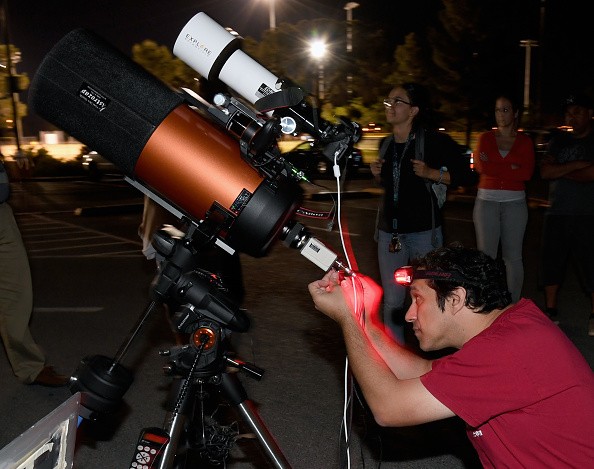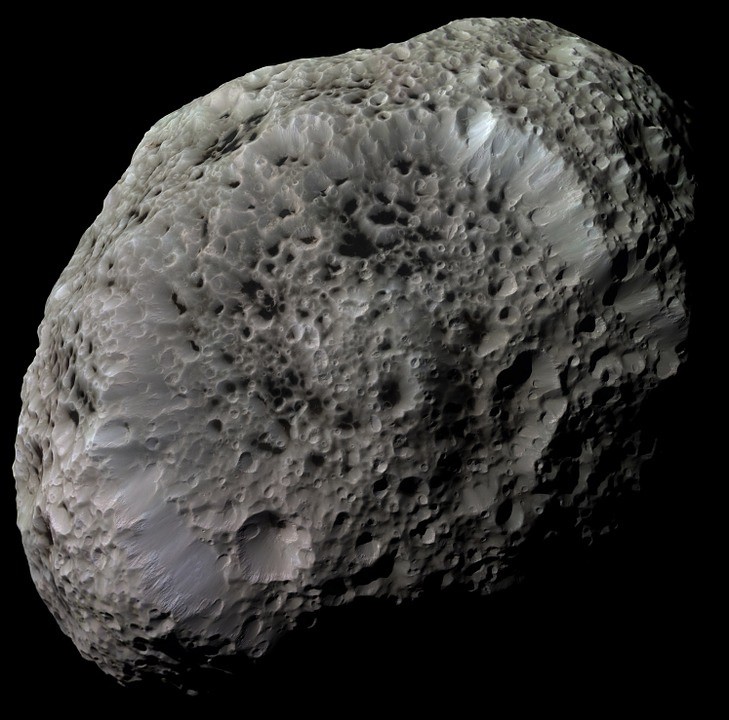A minor chance of striking Earth in 2068 was supposed to exist for the near-Earth asteroid, but radar measurements have ruled that out.

Asteroid 99942 Apophis was recognized as one of the most dangerous asteroids that might hit Earth after its detection in 2004. As astronomers followed Apophis and its orbit became more known, that impact assessment altered.
According to the findings of a new radar monitoring campaign combined with accurate orbit analysis, researchers have concluded that there is no possibility of Apophis reaching our planet for at least a century.
But what would happen if everyone's worst-case scenario came into fruition? Do we have plans to battle such devastating disasters?
Fortunately, we do.
Planetary Defense

A multimillion-dollar spacecraft sent by NASA will hit the asteroid. It will, however, be the first test of a strategy to defend Earth against killer asteroids rather than a catastrophic miscalculation.
Planetary scientist Andy Rivkin of the Johns Hopkins University Applied Physics Laboratory (JHU-APL) in Laurel, Maryland, which designed the spacecraft for NASA, says, "The odds of anything huge enough to be a problem that we would have to deflect in our lifetimes are quite remote." "However, your number may come up unexpectedly, so having insurance coverage is a wise idea."
DART
The spacecraft, known as the Double Asteroid Redirection Test (DART), was launched from California on November 23rd. Its aim is a pair of asteroids that orbit the Sun together as they journey through space (see 'A not-so-gentle nudge').
Dimorphos, the asteroid that NASA is slamming into, is not a threat to Earth. On the other hand, researchers want to test whether they can adjust its course long before they need to use it to deflect a genuinely deadly asteroid.
Everything required to identify the likelihood and warn of a prospective asteroid or comet collisions with Earth and then avert or reduce their consequences are called planetary defense.
NEOs
Near-Earth objects (NEOs) on a probable collision trajectory with Earth can be steered away from Earth via asteroid impact avoidance procedures, averting disastrous impact occurrences. A sufficiently big asteroid or other NEO would generate major tsunamis or numerous firestorms, as well as an impact winter caused by the sunlight-blocking effect of large quantities of pulverized rock dust and other material pushed into the stratosphere, depending on the impact location.
Low Chances

While the odds of a significant collision are slim in the short term, one will occur at some point unless defensive measures are implemented. This has been rekindled by astronomical occurrences such as the Shoemaker-Levy 9 impacts on Jupiter and the 2013 Chelyabinsk meteor, as well as the expanding number of items on the Sentry Risk Table.
For more Space news, don't forget to follow Nature World News!
© 2026 NatureWorldNews.com All rights reserved. Do not reproduce without permission.





